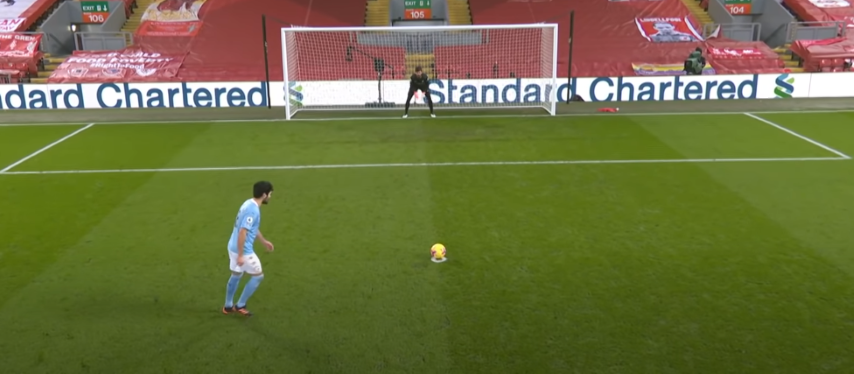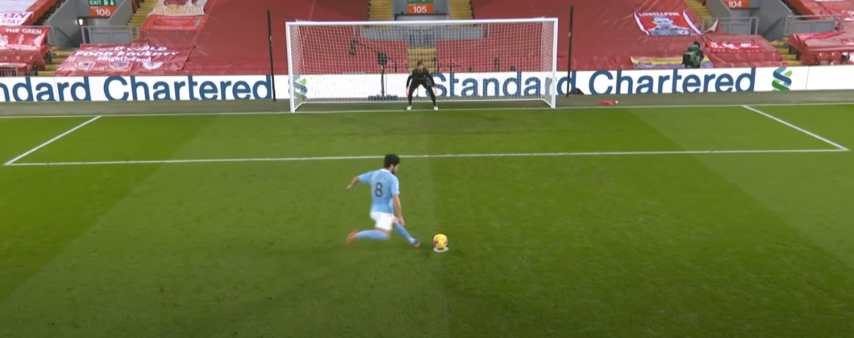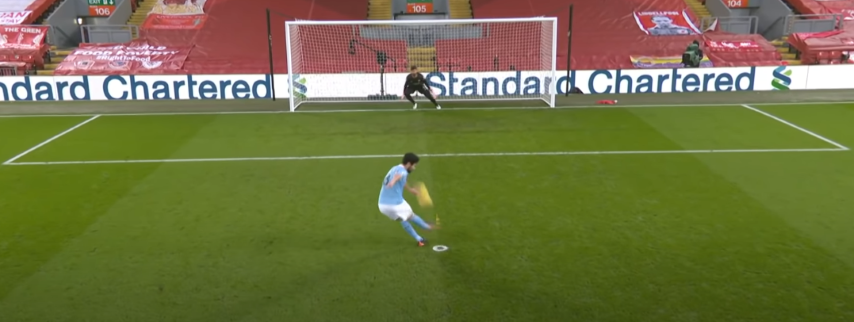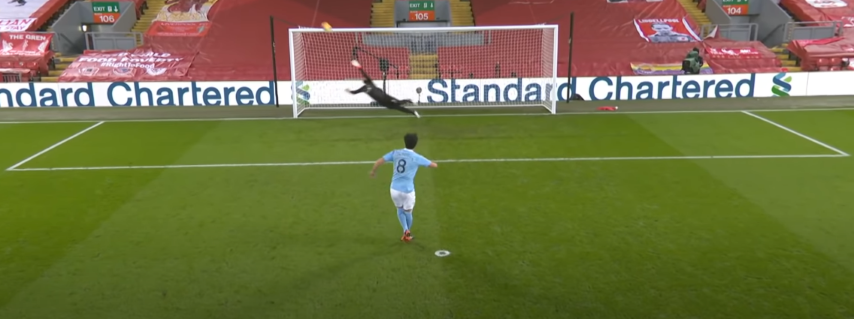By Philip Cauchi -
Facing penalty kicks are very challenging situations for any goalkeeper. Goalkeepers haven’t got any defenders between them and the ball within a distance of twelve yards. The defenders must also be positioned at least ten yards away from the ball and outside the penalty area until the shot is taken. Furthermore, goalkeepers must remain with at least one foot touching the goal line until the ball is kicked. This makes it even more complicated for them while providing an extra advantage for the kicker.
However, certain key performance points exist in that they help goalkeepers increase their success rates at saving penalty kicks. We can start by carrying out an analysis of the penalty taker that the goalkeeper will possibly face in the upcoming match. In modern times this can be easily done with the use of highly accurate statistics and match analysis software, where both the goalkeepers and the goalkeepers’ coach can analyse together and into great detail what the favourite kicking foot of the possible penalty takers is, the angle they make with the ball before the run-up, and where they usually aim their shots. Right-sided dominant kickers usually aim their shots towards the right side of the goalkeeper, while left-sided kickers usually aim towards the left side of the goalkeeper. However, this shouldn’t be taken as a rule of thumb but as a probability.
Taking a quick glance at the penalty takers’ eye movement prior to taking their shot might help the goalkeeper in identifying to which part of the goal the kicker aims his shot. One mistake that goalkeepers should not do is to initiate the dive just a few moments before the kick is taken. This is a very typical mistake of goalkeepers who focus solemnly on the swing of the kicking leg. Should this be the case the kicker will probably change the trajectory of the shot at the last minute. This is a trick that some penalty takers use and which goalkeepers should be aware of. The below are the key points that goalkeepers should focus on when facing a penalty kick.

The goalkeeper should be positioned at the centre of the goal in line with the ball. His eyes focused on the ball, feet shoulder-width apart, arms in front of the body and with a low-centre of gravity body stance. A run started from the kicker’s left side typically indicates that the shot will be aimed towards the goalkeeper’s right.

The goalkeeper should not commit himself before the penalty taker kicks the ball. He should however take a note of the taker’s trajectory to the ball and the direction that the support foot is planted.

The direction the support foot is planted together with other important information such as that the taker is right footed, that he usually aims his penalties to the right side of the goalkeeper, the direction the hips are facing, and his last glance to where he is aiming the shoot, all provide the goalkeeper with relevant information to make the required decision.

The goalkeeper steps towards the trajectory of the ball by first stepping diagonally forward and pushing off the outside leg. His eyes should follow the ball and arms extended towards the ball to increase his reaching ability.
By Philip Cauchi


